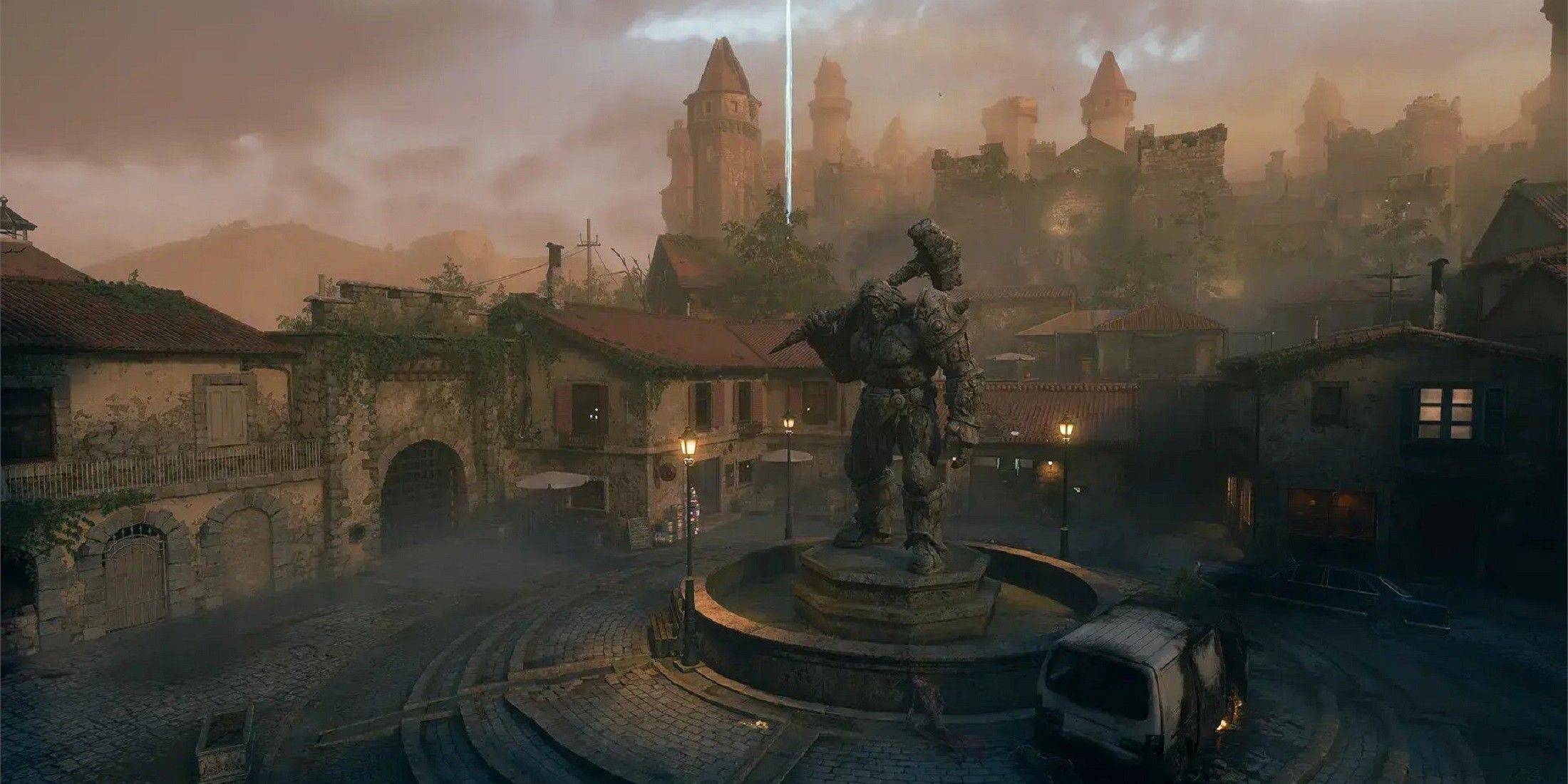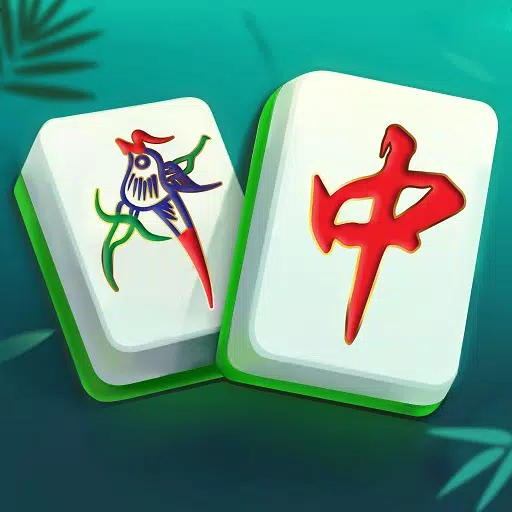This guide explores the diverse uses of Minecraft's beautiful botanicals, from dye creation to landscape enhancement and rare species collection. Let's delve into the unique properties of various flowers and their practical applications.
Table of Contents
Poppy | Dandelion | Allium | Rose Bush | Wither Rose | Peony Bush | Lily of the Valley | Tulip | Azure Bluet | Blue Orchid | Cornflower | Torchflower | Lilac | Oxeye Daisy | Sunflower
Poppy
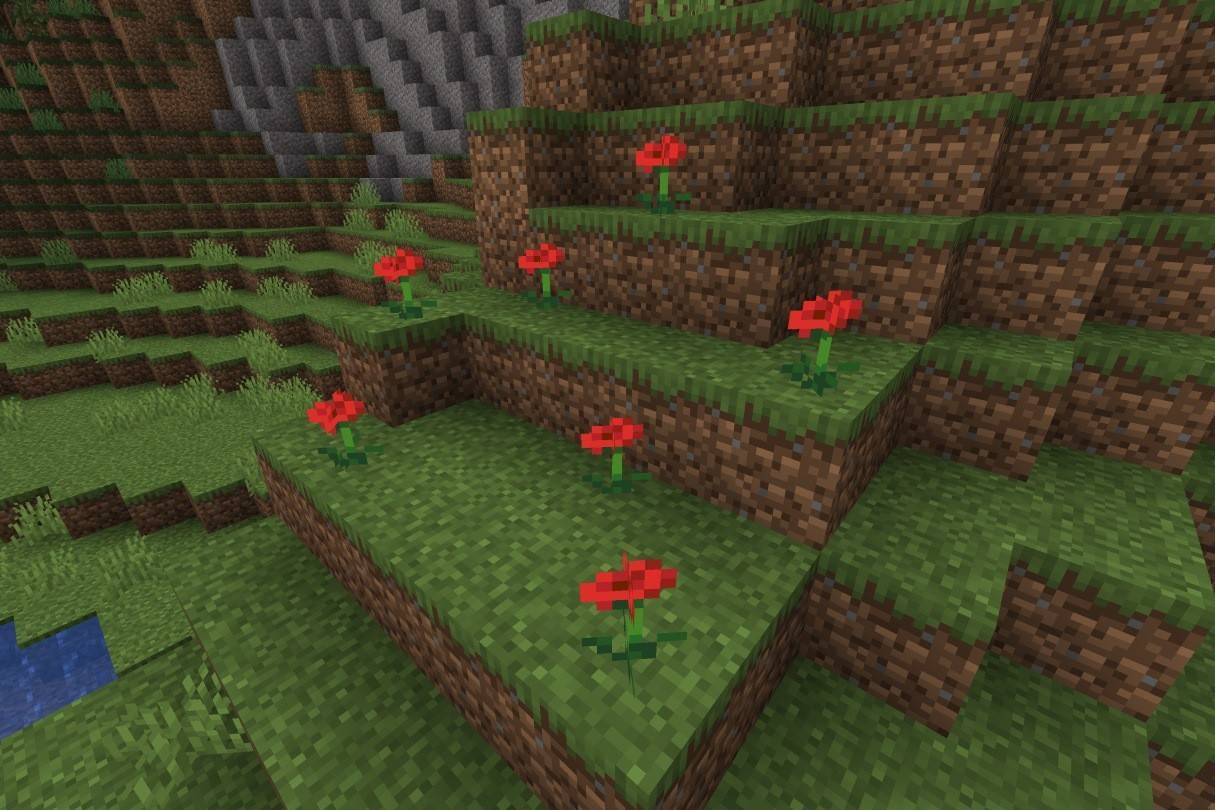 Image: ensigame.com
Image: ensigame.com
Poppies, the iconic crimson blooms, now replace the original "rose" and cyan flowers. Found across various biomes, they're also a gift from Iron Golems to village children. Their primary use is crafting red dye, essential for recoloring banners, beds, wool, sheep, and wolf collars.
Dandelion
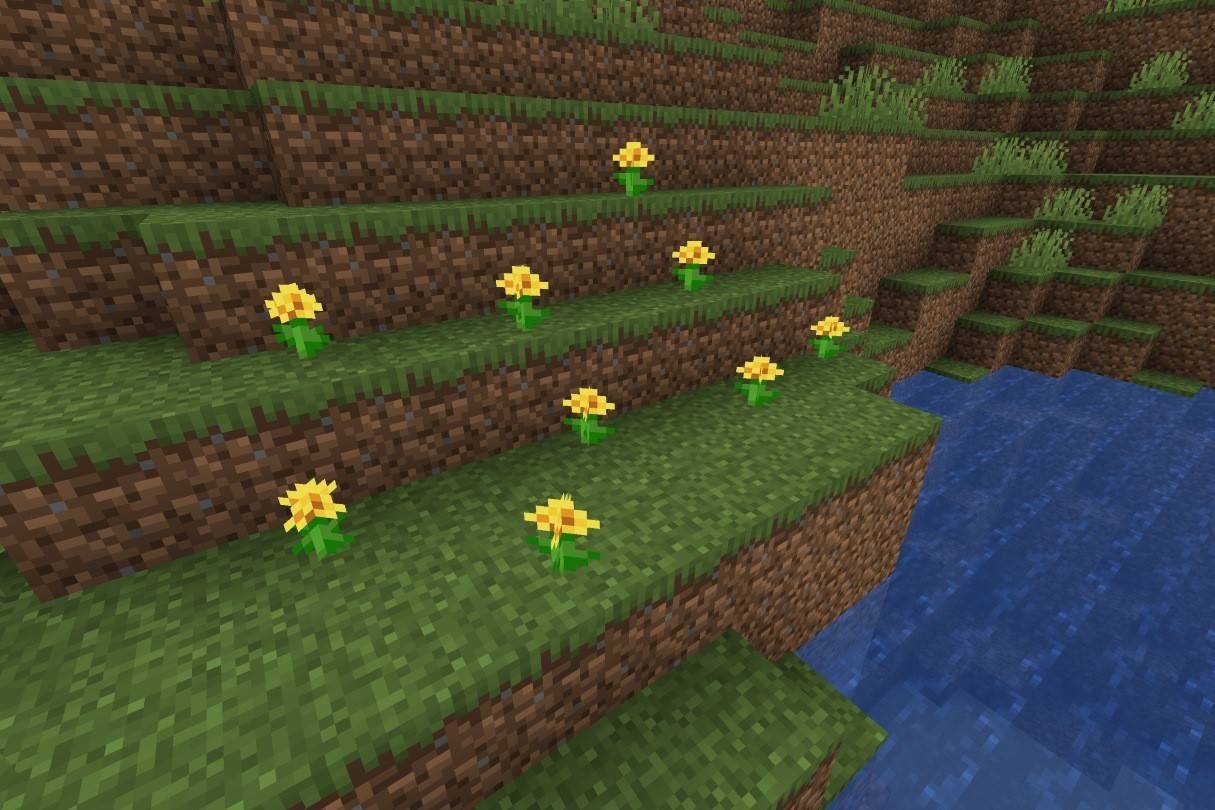 Image: ensigame.com
Image: ensigame.com
These vibrant yellow flowers brighten most biomes (excluding marshes and ice plains). Flower forests are particularly abundant. Dandelions yield one unit of yellow dye (sunflowers produce two), perfect for adding a sunny touch to banners and wool.
Allium
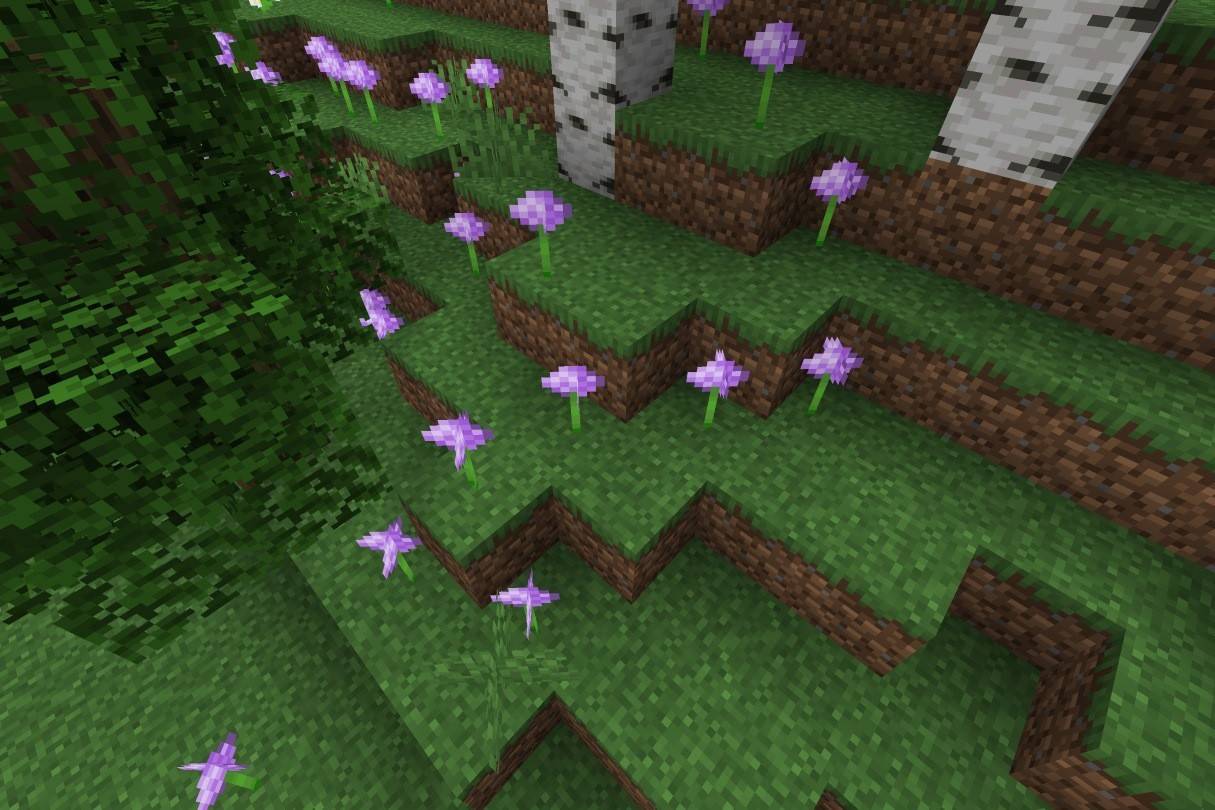 Image: ensigame.com
Image: ensigame.com
Alliums, stunning purple additions to flower forests, are the source of magenta dye. This dye is crucial for recoloring mobs and crafting magenta stained glass, terracotta, and wool.
Rose Bush
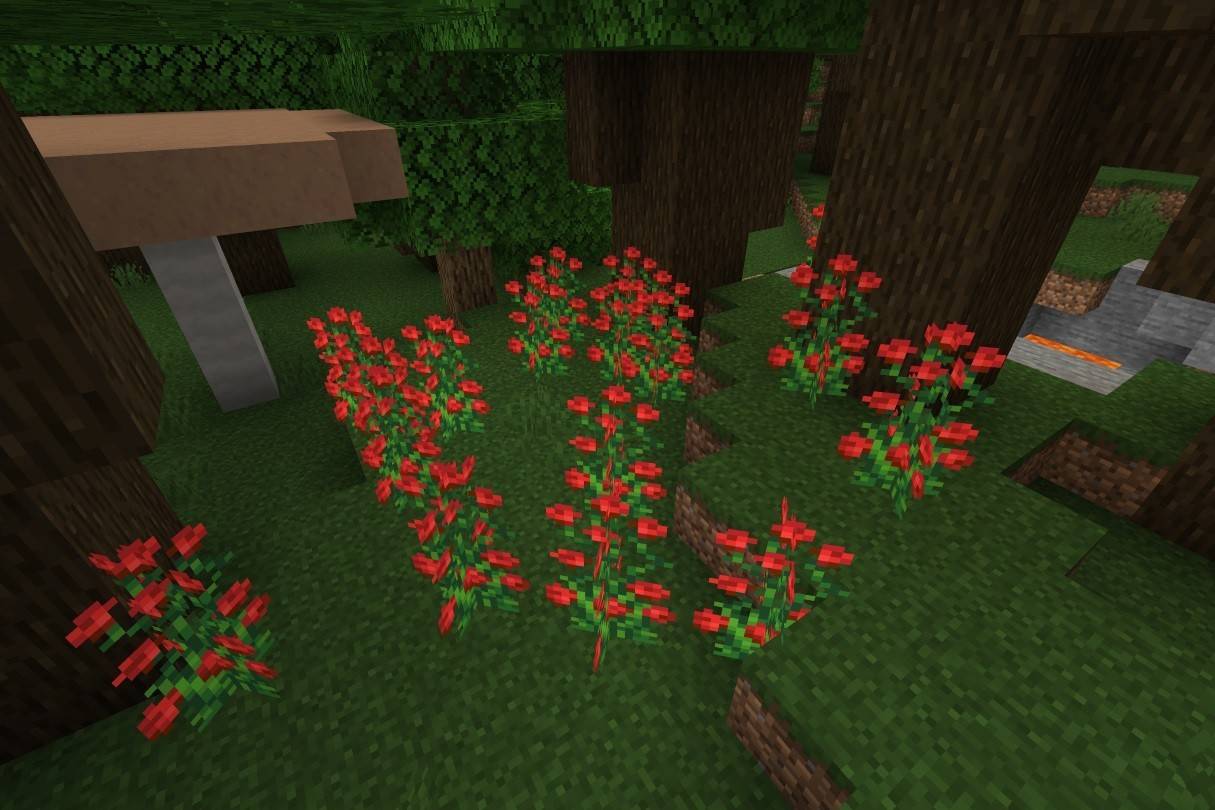 Image: ensigame.com
Image: ensigame.com
These tall, red-flowered plants grace various wooded biomes. Like lilacs and sunflowers, they're among Minecraft's taller flowers. Rose bushes provide red dye for dyeing wool, banners, beds, and leather armor. Unlike the dangerous wither rose, they are a safe and beautiful addition to any landscape.
Wither Rose
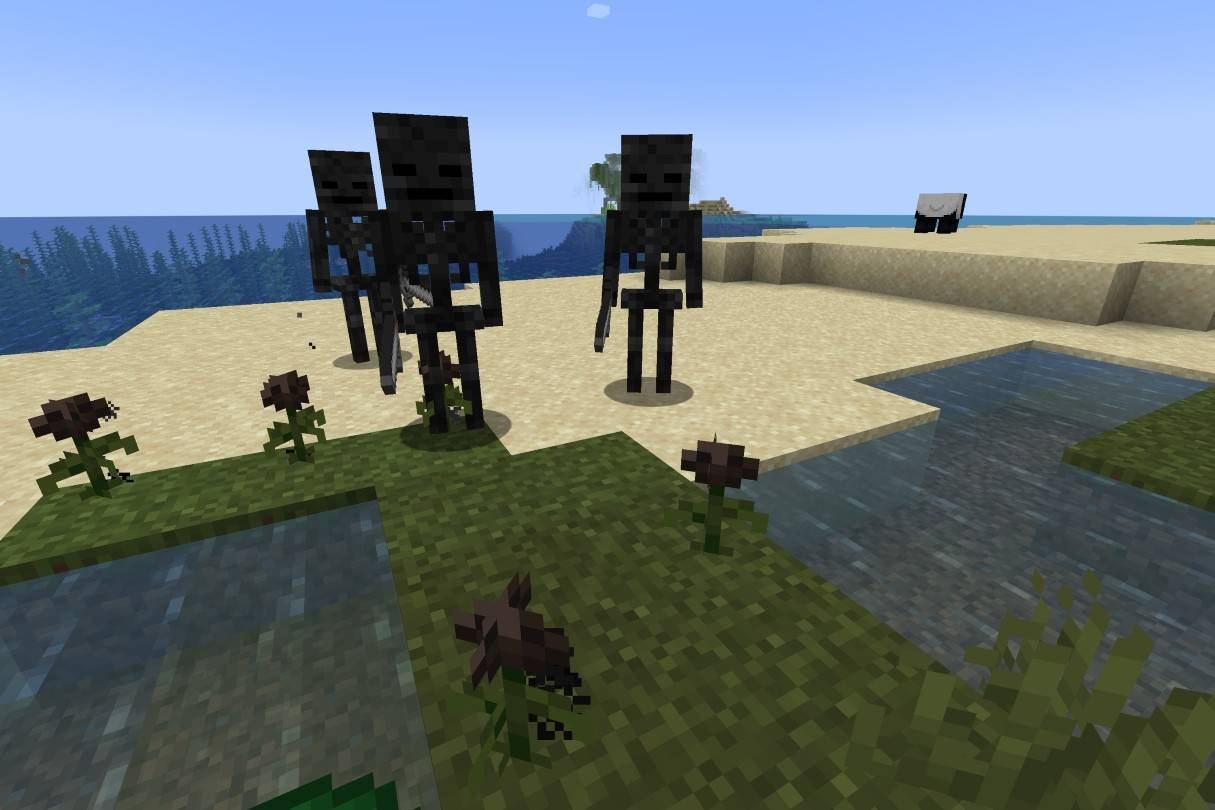 Image: ensigame.com
Image: ensigame.com
The ominous wither rose doesn't grow naturally; it spawns when a mob is killed by the Wither or rarely appears in the Nether. Touching it inflicts the Wither effect (curable with milk). It's the source of black dye, used for recoloring leather armor, terracotta, banners, beds, wool, firework stars, and black concrete powder.
Peony Bush
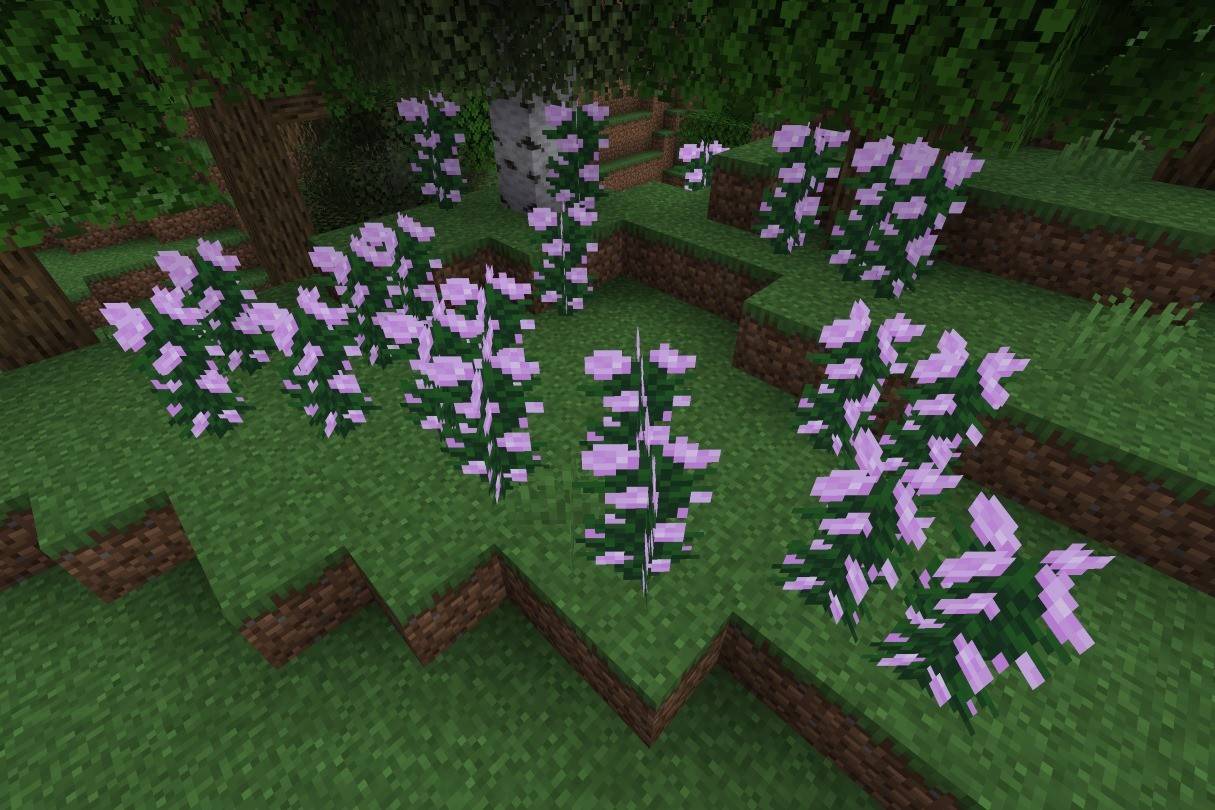 Image: ensigame.com
Image: ensigame.com
These tall, pink flowers thrive in woodland biomes. They yield pink dye (also craftable from red and white dye) and can be propagated with bone meal. Pink dye is used for wool, stained glass, terracotta, and wolf collars.
Lily of the Valley
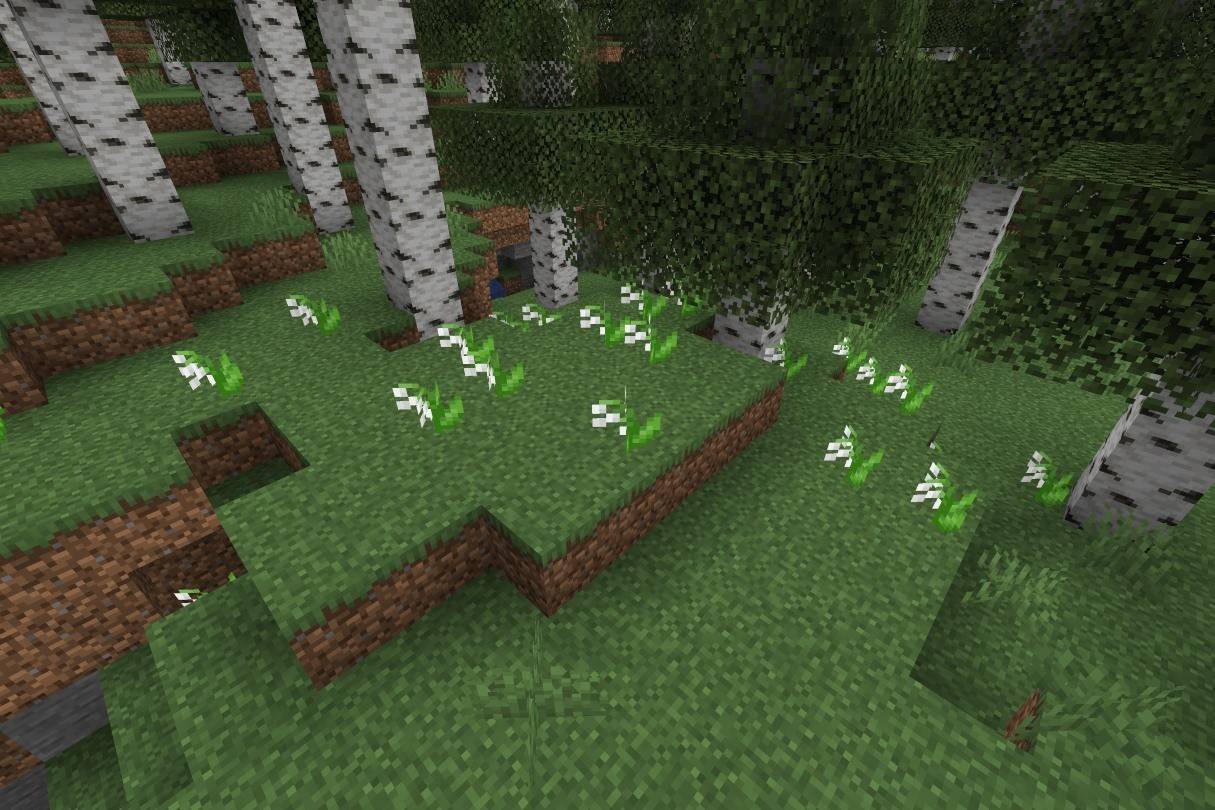 Image: ensigame.com
Image: ensigame.com
These delicate, bell-shaped flowers grow in forests and flower forests, providing white dye. White dye is a base for many other dyes, including gray, light gray, light blue, lime, magenta, and pink.
Tulip
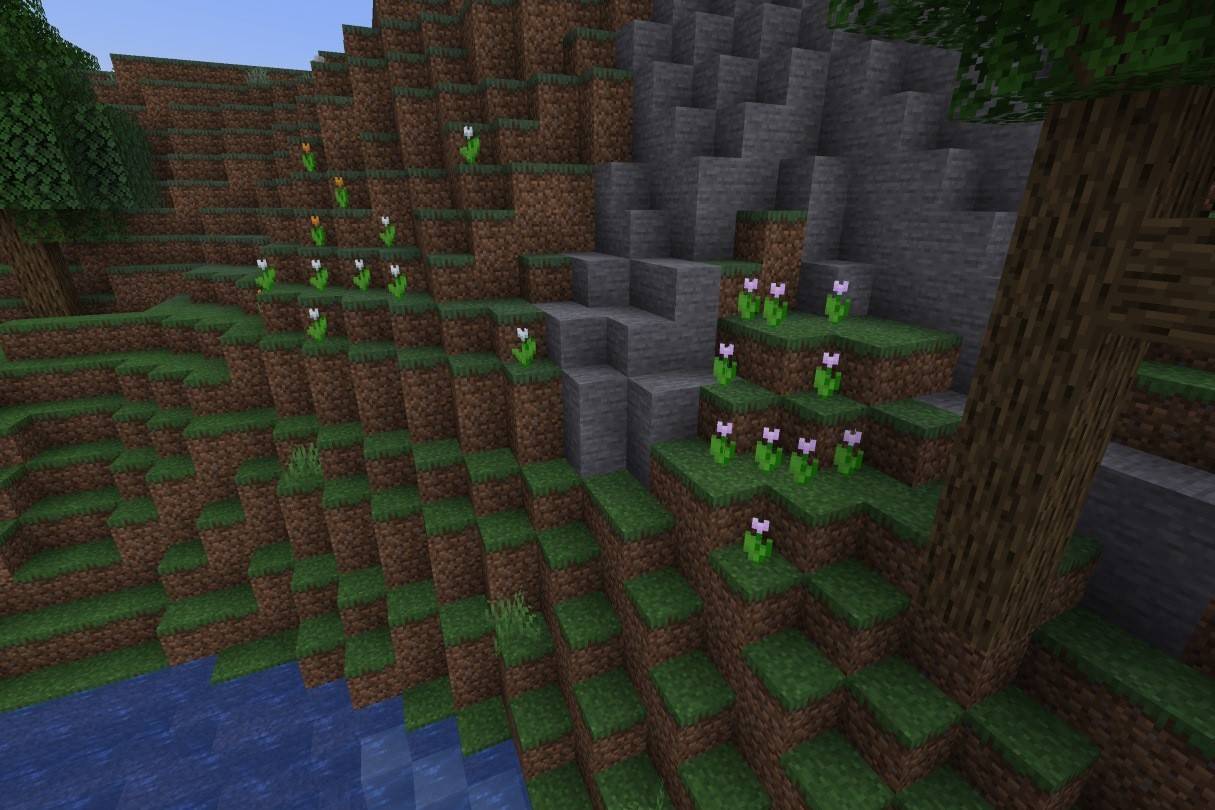 Image: ensigame.com
Image: ensigame.com
Tulips come in red, orange, white, and pink varieties, found in plains and flower forests. Their color determines the dye they produce (red, pink, orange, or light gray), offering diverse crafting options.
Azure Bluet
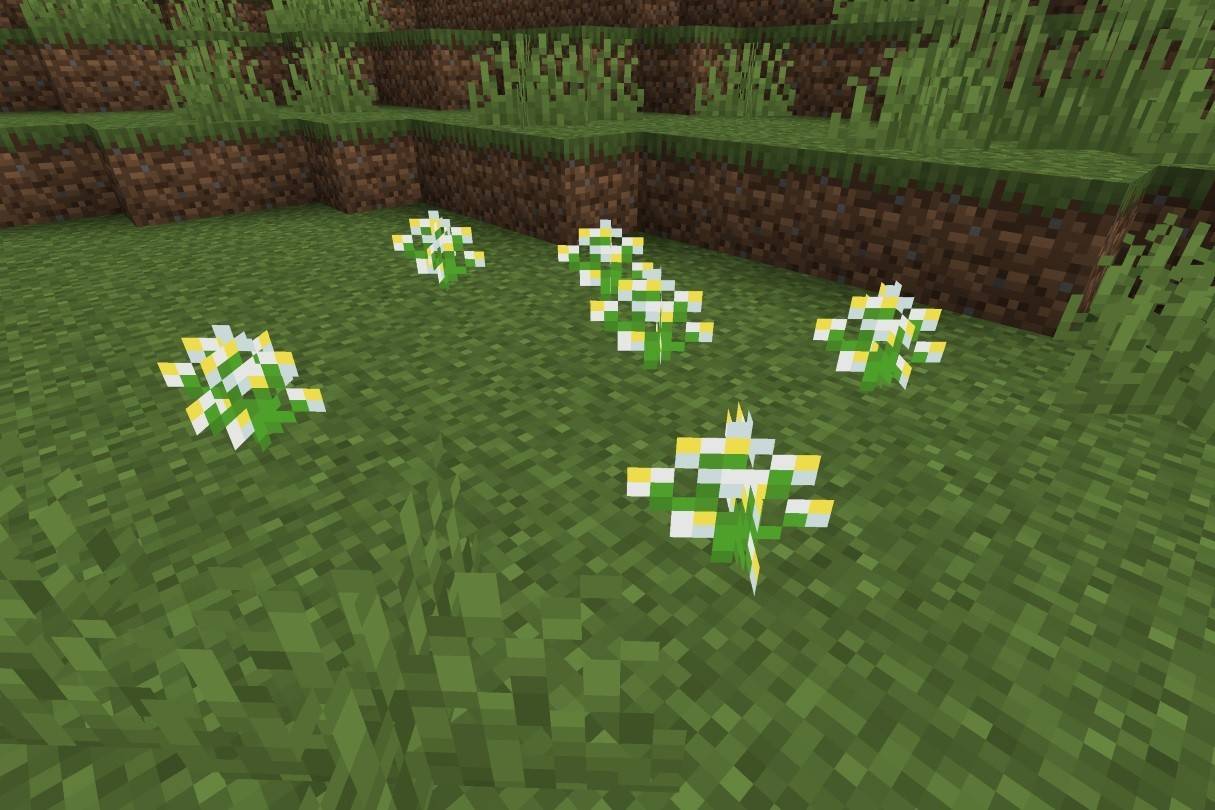 Image: ensigame.com
Image: ensigame.com
This small, white and yellow flower thrives in grasslands, sunflower plains, and flower forests. It creates light gray dye.
Blue Orchid
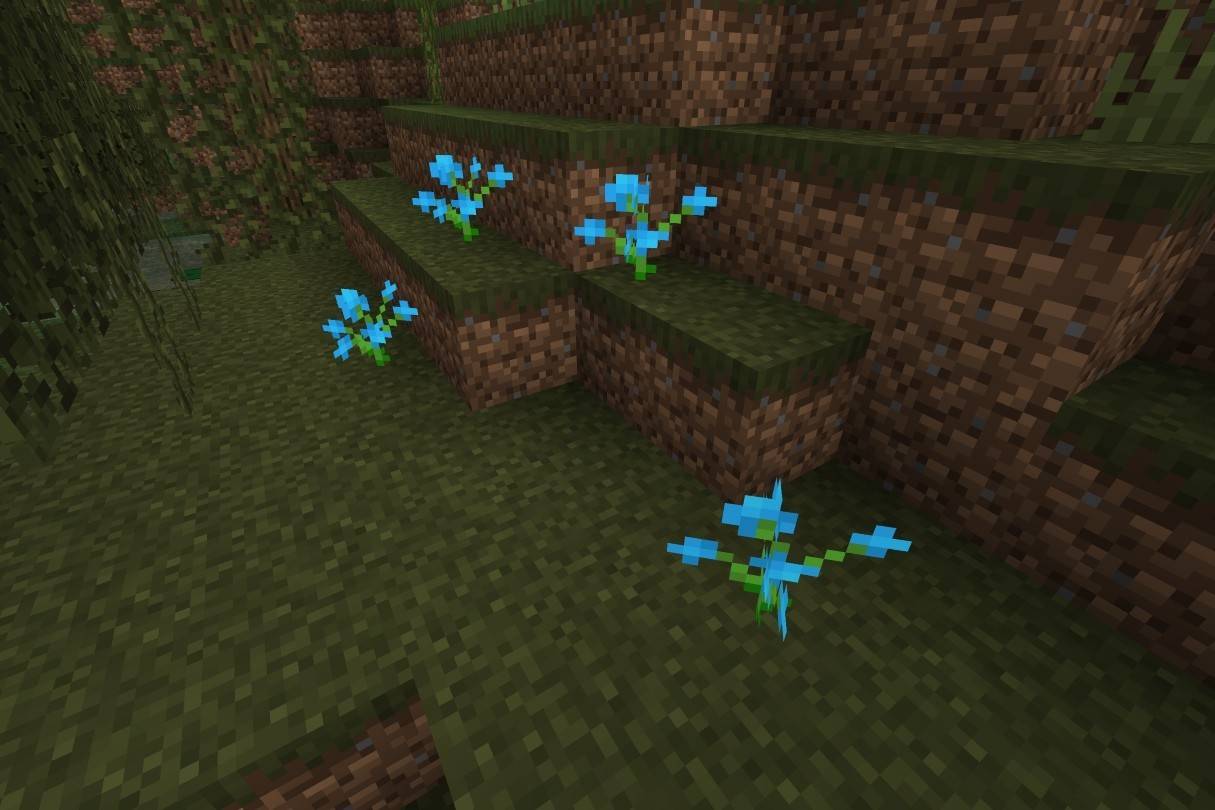 Image: ensigame.com
Image: ensigame.com
A rare and vibrant flower found only in swamps and taigas, producing light blue dye.
Cornflower
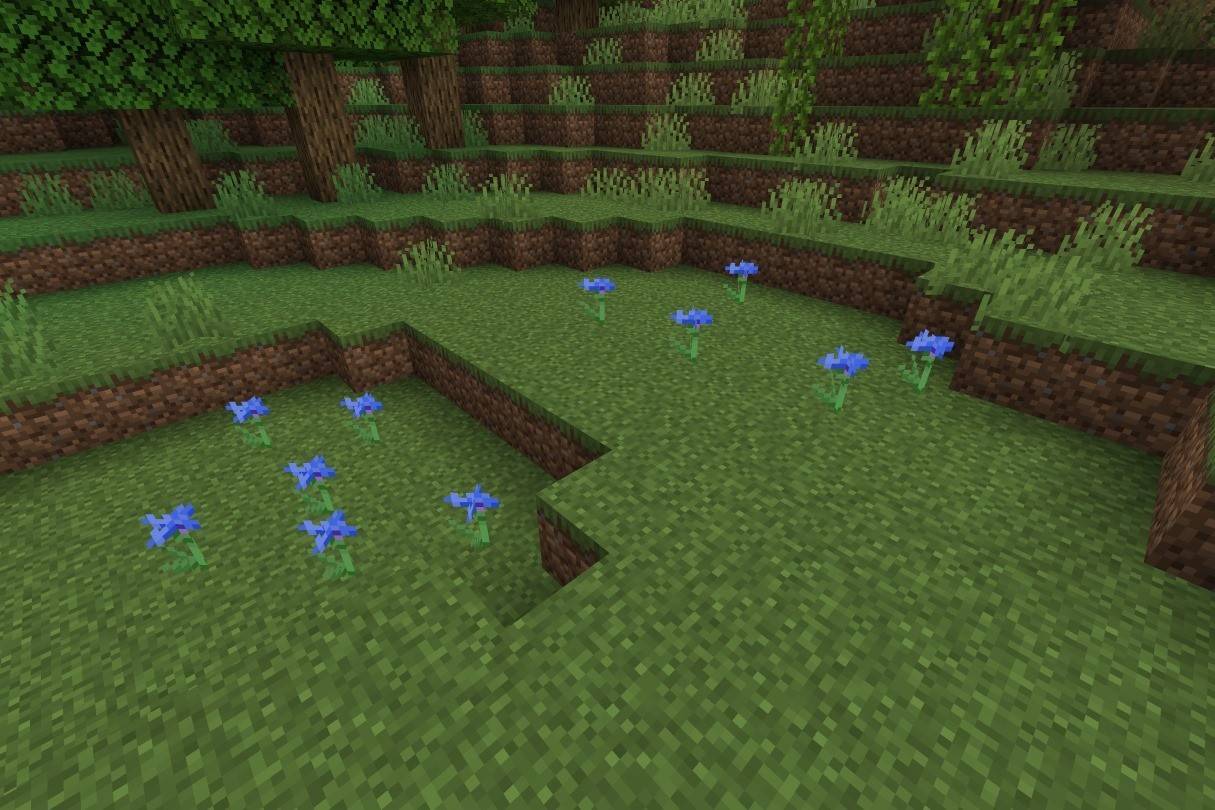 Image: ensigame.com
Image: ensigame.com
These blue flowers, found in plains and flower forests, yield blue dye for wool, glass, and terracotta.
Torchflower
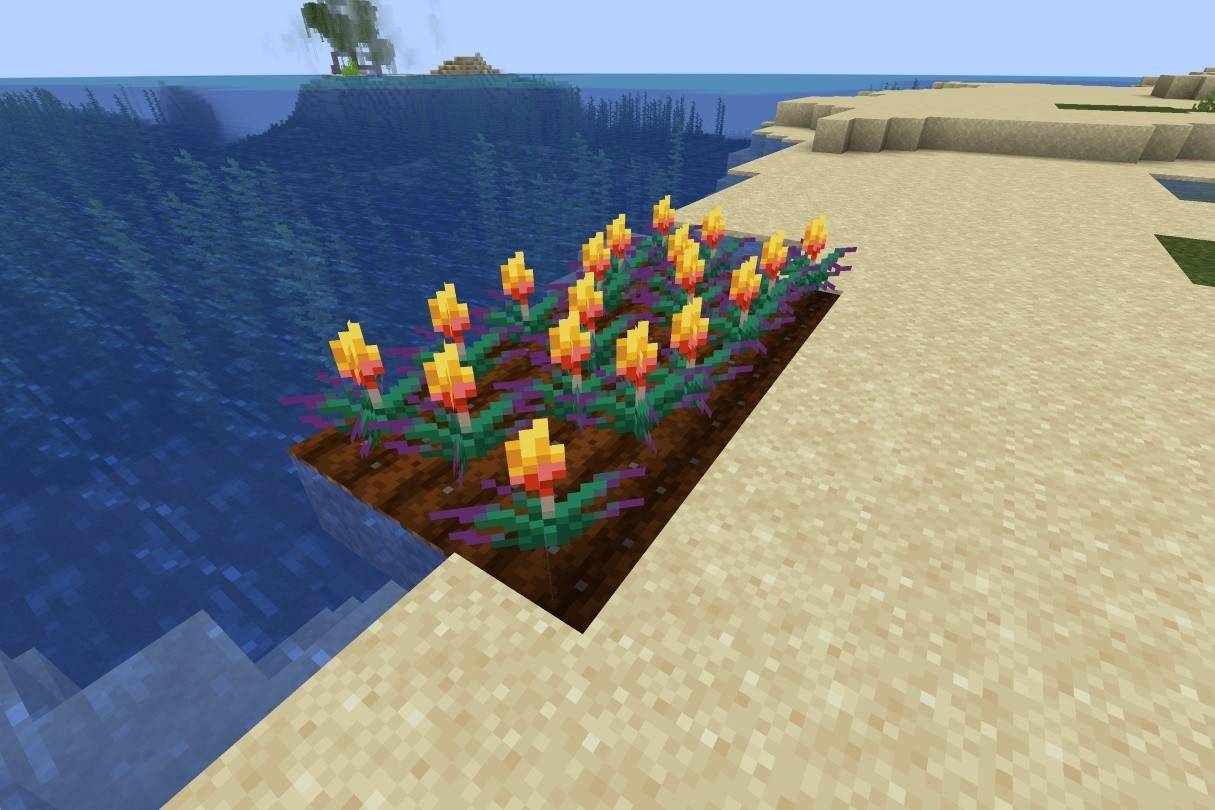 Image: ensigame.com
Image: ensigame.com
Torchflowers produce orange dye. They don't naturally generate and can't be spread with bone meal in Bedrock Edition. In Java Edition, endermen can carry and drop them.
Lilac
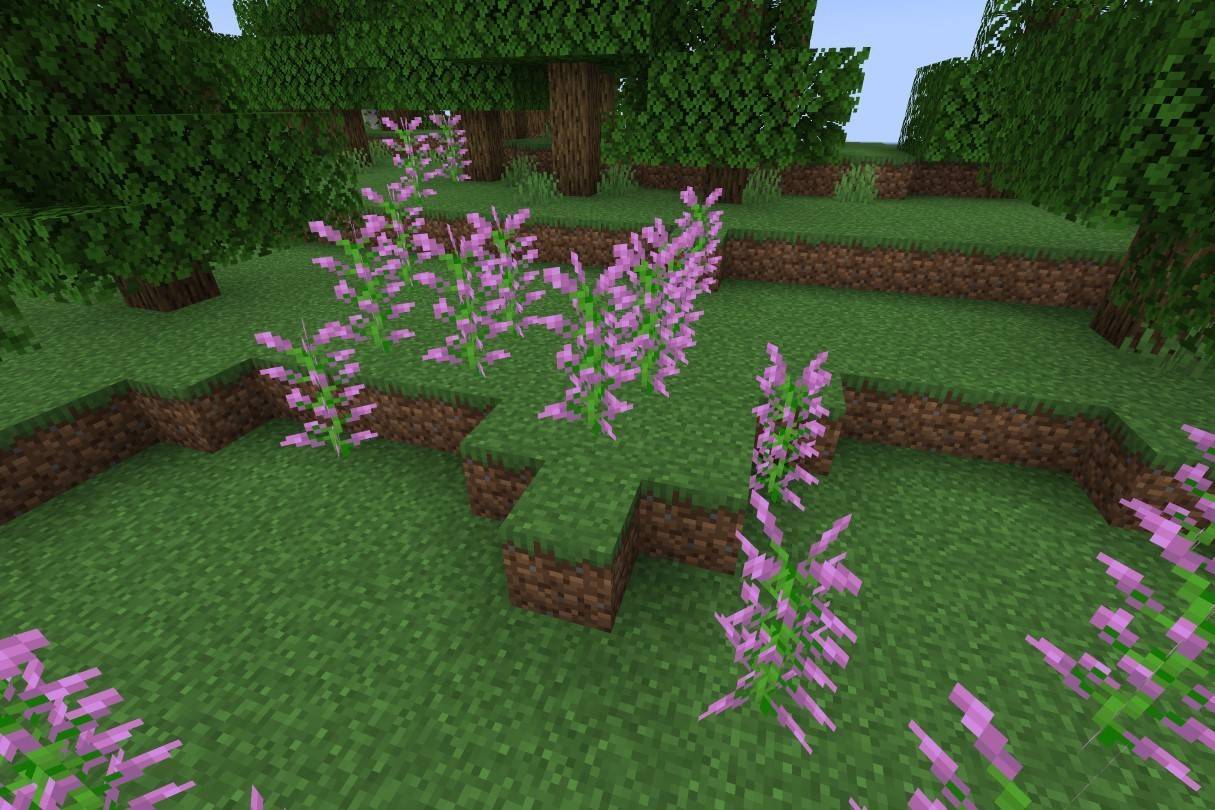 Image: ensigame.com
Image: ensigame.com
These tall, light-purple flowers are found in various forest biomes and produce magenta dye.
Oxeye Daisy
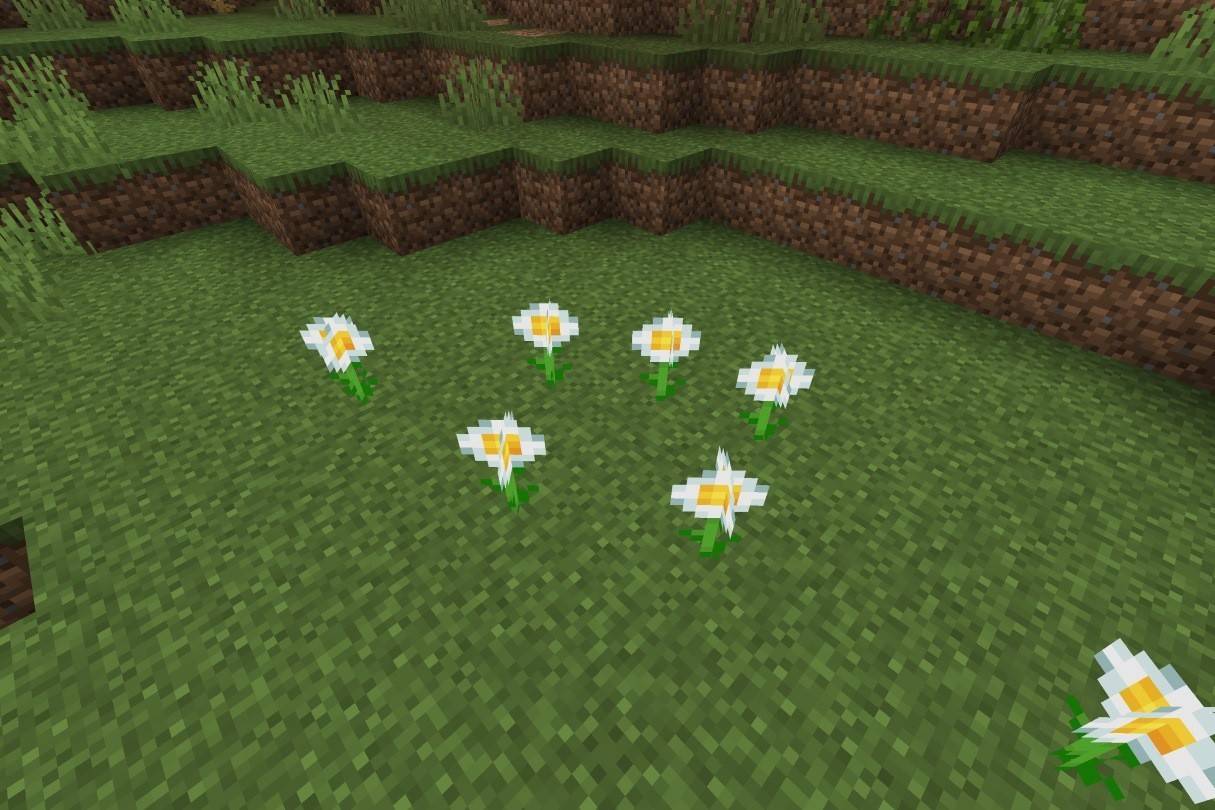 Image: ensigame.com
Image: ensigame.com
These white flowers with yellow centers are found in plains biomes. They yield light gray dye and can be used for decorative purposes.
Sunflower
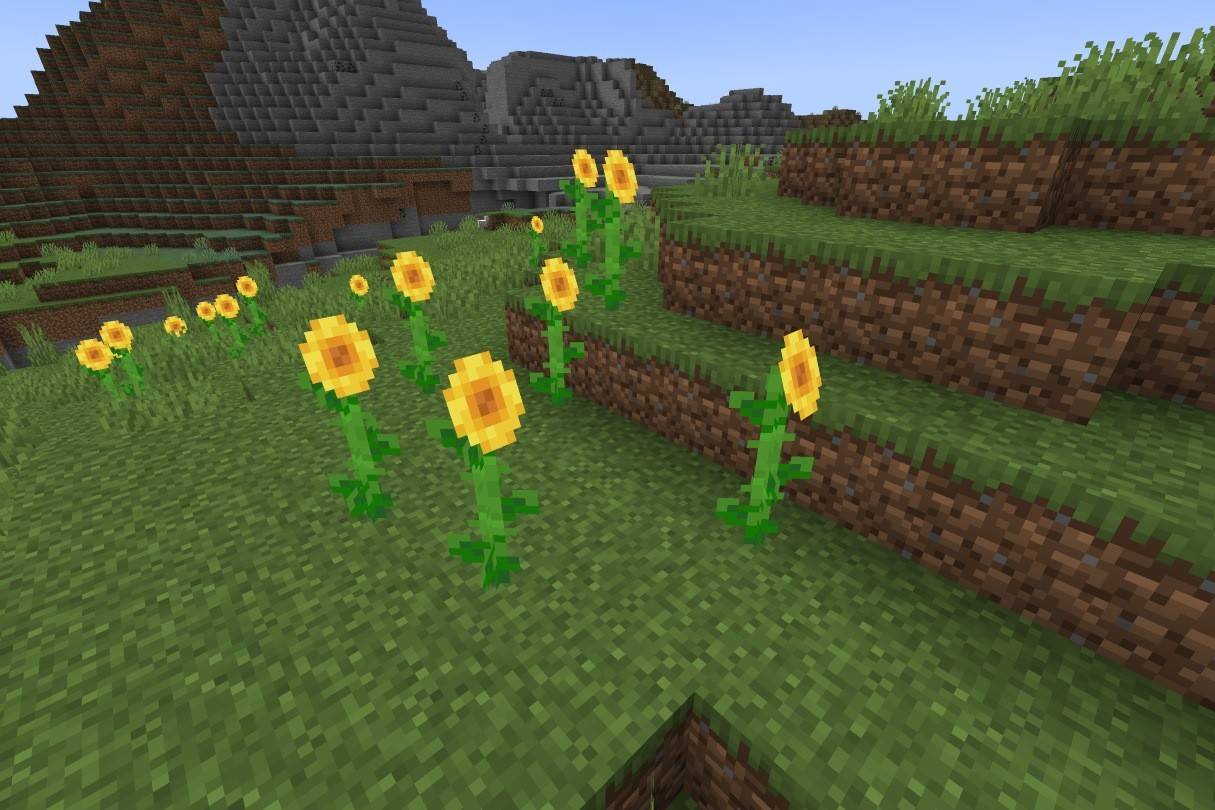 Image: ensigame.com
Image: ensigame.com
Sunflowers, found in sunflower plains, produce yellow dye. Their eastward orientation makes them useful for navigation.
These flowers offer a wealth of possibilities in Minecraft, from dyeing to decoration and beyond. Explore their unique properties and unlock their full potential!

